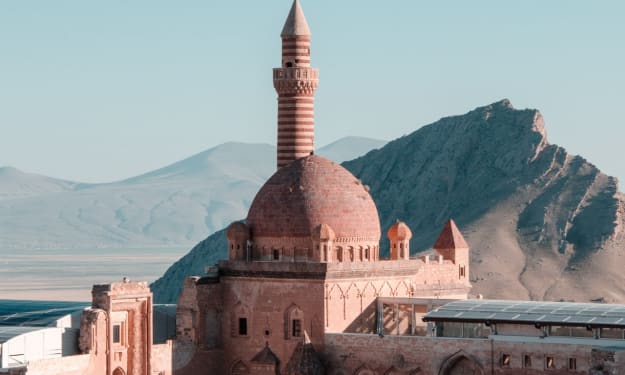A Journey Through Time
The Evolution and Unity of Spanish

In the third century, the Romans conquered the Iberian Peninsula, giving rise to various regional languages in present-day Spain. These included Castilian, Catalan, and Galician. However, it would take another 1,500 years for one of these languages to become Spanish, the global modern language we know today. This article explores the origin story of Spanish, tracing its development and discussing its remarkable unity despite its vast number of speakers.
During the Roman occupation, colloquial spoken Latin, known as "Vulgar Latin," intertwined with indigenous languages. Around 75% of modern Spanish can be traced back to Latin, including syntactic rules. Verbs, for example, are conjugated similarly to Latin, and like other Romance languages, Spanish nouns have gender.
After the collapse of the Roman Empire, the region experienced a series of conquests by different powers. The Visigoths, who arrived in the 5th century, spoke an eastern Germanic language that eventually contributed a few words to Spanish and became part of the German language. Later, the Umayyad Caliphate ousted the Visigoths and introduced Arabic, which strongly influenced Spanish. Over a thousand Arabic words found their way into Spanish, often starting with the sounds "a" or "z" and occasionally incorporating an "h."
In 1492, the Catholic Church consolidated its power under Isabella and Ferdinand. This led to the expulsion of Muslims and Jews and the unification of the regional kingdoms into one nation. As the official state language, the Church adopted Castellano (or Castilian) from the Kingdom of Castile, home to Madrid. Over time, Castellano transformed into Español, or Spanish. However, the Spanish of 1492, known as Old Spanish, differed significantly from the language spoken today.
Simultaneously, Christopher Columbus embarked on his historic voyage across the Atlantic Ocean in the same year, marking the beginning of the Spanish conquest of the Americas. The Indigenous population in the Americas spoke around 2,000 different languages, but Spanish gradually became dominant at the expense of their native languages. Nevertheless, Indigenous words became integrated into Spanish, such as "chapulin" and "coyote" from Nahuatl (the language of the Aztec Empire) and "cancha," "chullo," and "poncho" from Quechua (spoken in the Peruvian Andes).
By the time Miguel de Cervantes published the first part of "Don Quixote" in 1605, the Spanish language had evolved to be more similar to modern Spanish than the works of William Shakespeare were to modern English. In the 18th century, French language and culture became highly fashionable in Spain and Hispanic America. Although Spanish and French already shared Latin roots, Spanish incorporated numerous French words during this period.
In the 19th century, revolutions erupted across Central and South America, leading to their independence from Spain. Despite gaining sovereignty, these nations continued to speak the language of their former oppressors. Presently, approximately 415 million people inhabit Hispanic America, where Spanish is the official language in 21 countries and Puerto Rico. As of 2021, only English, Mandarin, and Hindi have more speakers worldwide.
The question arises: How does a language with such a vast number of speakers avoid fragmenting into new languages, as Vulgar Latin did? The answer is complex. Unlike other languages spread through colonialism, Spanish has maintained enough unity of syntax, grammar, and vocabulary to remain one language. While variations and regional differences exist, such as the emergence of Spanglish, which combines Spanish and English, Spanish's core elements keep it together, ensuring its continued cohesion as a global language.
Henrik Leandro
About the Creator
Henrik Leandro Laukholm Solli
Free thinker, traveler and humanist <3






Comments
There are no comments for this story
Be the first to respond and start the conversation.